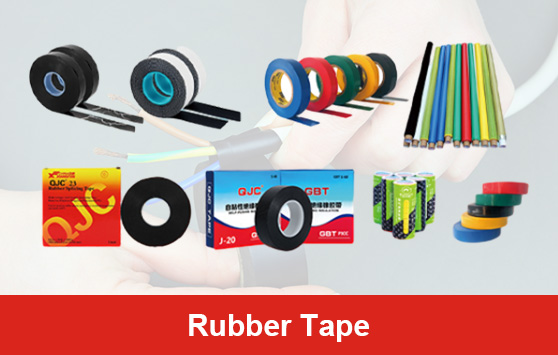Understanding PVC Insulation Tape Uses, Benefits, and Best Practices
When it comes to electrical safety and maintenance, one of the unsung heroes in the toolkit is PVC insulation tape. Often referred to simply as electrical tape, this versatile material plays an essential role in various applications, from home wiring to industrial settings. Understanding the properties, uses, and benefits of PVC insulation tape can help users make informed choices and ensure safe, effective outcomes.
What is PVC Insulation Tape?
PVC insulation tape is a type of adhesive tape made from polyvinyl chloride (PVC) fabric, coated with a waterproof adhesive. Its primary purpose is to insulate electrical wires and prevent short circuits caused by exposed wire connections. The tape is flexible, stretchy, and can be easily torn by hand, making it user-friendly and efficient for quick repairs.
Key Properties of PVC Insulation Tape
One of the standout properties of PVC insulation tape is its excellent electrical insulation capabilities. It can withstand high voltage, making it suitable for a range of electrical applications. Additionally, PVC tape is known for its durability and resistance to abrasion, moisture, and chemicals, which further enhances its applications in various conditions. The tape is typically available in a range of colors, allowing users to code wires easily and organize their electrical systems visually.
Common Uses of PVC Insulation Tape
1. Electrical Wiring The primary use of PVC insulation tape is to insulate electrical wires. It covers exposed wire and creates a safe seal to prevent electrical shocks, shorts, or fires.
2. Repairs and Emergency Fixes In situations where wiring may be damaged, PVC tape can offer a quick, temporary solution. However, it is crucial to follow up with a more permanent repair as soon as possible.
3. Color-Coding Wires Different colors of tape can be used to distinguish between various wires or circuits, enhancing safety and organization in electrical setups.
4. Bundling Wires PVC insulation tape is also used to bundle and secure multiple wires together, reducing clutter and improving aesthetics.
insulation pvc tape

5. Protecting Non-Electrical Items Beyond electrical applications, PVC tape can protect non-electrical surfaces from moisture and abrasion, making it useful in various craft and repair projects.
Benefits of Using PVC Insulation Tape
One of the significant advantages of using PVC insulation tape is its affordability and accessibility. It can be readily found at most hardware stores and is available in different widths and lengths to suit specific needs. Furthermore, the ease of use and flexibility of PVC tape means that both professionals and DIY enthusiasts can handle it effectively.
Moreover, its electrical insulation properties contribute to overall safety. Using proper insulation techniques minimizes the risk of electrical fires, shocks, and equipment damage, which is vital in both residential and commercial environments.
Best Practices When Using PVC Insulation Tape
To ensure the effectiveness of PVC insulation tape, users should adhere to a few best practices
- Clean the Surface Before applying the tape, make sure the surface is clean and dry to promote proper adhesion.
- Overlap Layers When wrapping wires, overlap the tape slightly to ensure comprehensive coverage without gaps.
- Avoid Overstretching While PVC tape is stretchy, avoid overstretching it during application to maintain its insulating properties.
- Store Properly Keep PVC insulation tape in a cool, dry place to prolong its shelf life and effectiveness.
In conclusion, PVC insulation tape is an indispensable tool in the electrical toolkit. Its combination of versatility, ease of use, and reliable insulating properties makes it a go-to solution for countless applications. Whether you’re a professional electrician or a DIY enthusiast, understanding how to effectively utilize PVC insulation tape can enhance safety and efficiency in any project.
-
XIANGFAN Rubber Tape-Ultimate Solutions for All Your Insulation NeedsNewsJun.24,2025
-
XIANGFAN Rubber Tape-Protection for Industrial and Residential ApplicationsNewsJun.24,2025
-
XIANGFAN Rubber Tape: Superior Safety and Sealing for Demanding EnvironmentsNewsJun.24,2025
-
XIANGFAN Rubber Tape: Reliable Solutions for Every Electrical ChallengeNewsJun.24,2025
-
XIANGFAN Electrical & Industrial Tape: Powering Reliability Across IndustriesNewsJun.24,2025
-
XIANGFAN Electrical & Industrial Tape: Excellence in Every ApplicationNewsJun.24,2025
